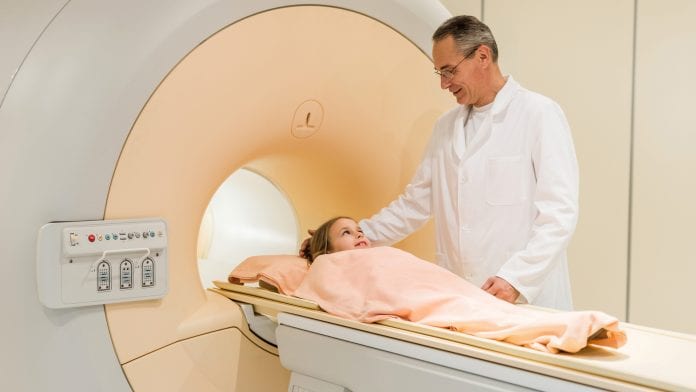
A team of researchers has developed an open-access tool capable of accurately evaluating brain health in infants.
The collaborative effort has achieved this feat by analysing metabolites – the concentration of an array of chemical markers in the brain. These vital metabolites play a crucial role in infant brain health. The team utilised data from 140 infants to determine what they consider to be a more reliable method of evaluating metabolite concentrations.
Metabolites are incredibly influential in an infant’s brain health and development, manipulating brain growth, development, and function, with fluctuations of these metabolite levels being an early indicator of brain health problems.
Dr Ellen Grant, the director of the Fetal Neo-Natal Neuroimaging and Developmental Science Center at Boston Children’s Hospital and a professor of radiology and paediatrics at Harvard Medical School, said: “For example, we look at choline, which plays a role in building myelin, the sheath that allows electrical impulses to travel along neurons.
“Another metabolite, called NAA, is important to the healthy growth and proliferation of dendrites, the branches on neurons that receive signals from other neurons.”
An alternative approach to analysing infant brain health
The conventional method for analysing metabolites utilises proton magnetic resonance therapy, tissue technology that implements MRI to distinguish specific molecules in the tissues of interest. The downside to this contemporary approach is that it requires extensive imaging and meticulous water volume calculations inside and outside of the brain, subsequently making it time-consuming and expensive.
The alternative method developed by Grant and Borjan Gagoski, the co-author of the study and radiology instructor at Boston Children’s Hospital, was established by employing MRS to scan 140 infant brains aged approximately one to three months. The team investigated several key metabolites in their calculations, taking into account water, which helped them determine typical values for the metabolites, allowing them to manufacture a tool that can gauge metabolite concentrations accurately in an infant’s brain.
Following this, the researchers constructed a database of the expected values for each metabolite at different stages of brain development, considering the relationships between specific metabolites to comprehend how their concentrations adjust in relation to each other throughout brain development.
Gagoski said: “Spectroscopy is tough to do, but when it’s done in the right way, it can help us find out more about the brain. This approach has great potential because we can detect abnormalities and diseases before we can see anything on the structural scans; it’s essential to monitor brain health at this stage of life.”
The study is published in the journal NMR in Biomedicine.









